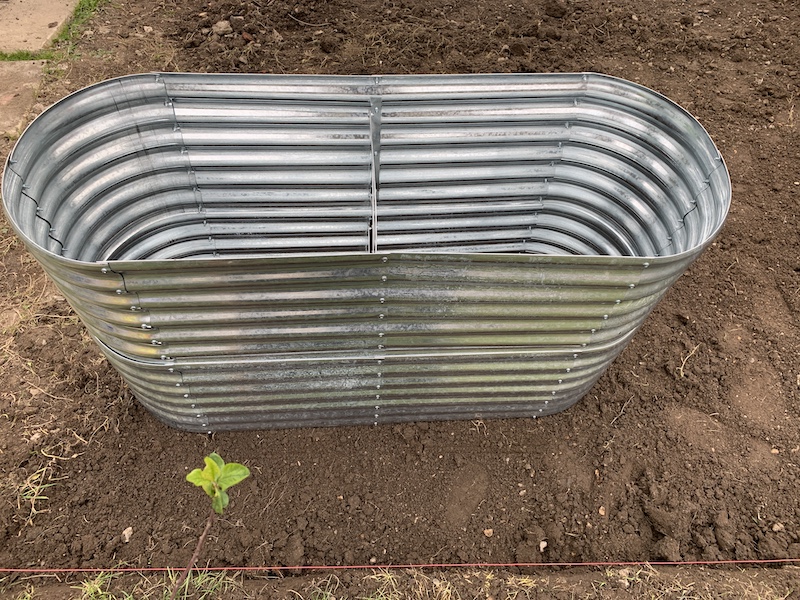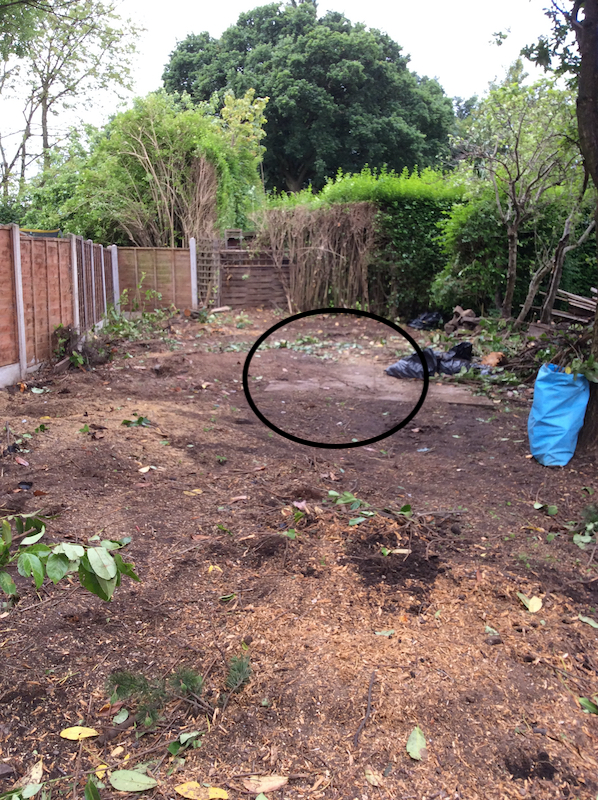Growing Butternut Squash
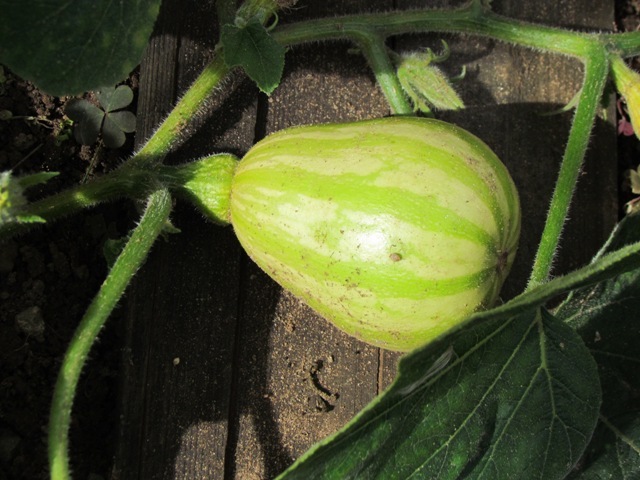
Eating and growing butternut squash is really satisfying especially when you make a soup, or a stew, knowing that it has all come from your hard work. When harvesting them if care is taken not to bruise them, they can last a long time in a cool place.
Butternut squash can take up a lot of room in a vegetable plot as the stem travels along the ground and produce flowers and then the fruits at intervals along them.
One place I lived in had a very long back garden, one year I decided to plant a few plants and then forgot about them. The plants ran riot at the end of it. They were everywhere and needless to say I had a very good crop.
The Stages of Growing Butternut Squash
Butternuts tend to need a fairly long and warm even hot growing season so it is best to get ahead and time the seed planting so that the plants have maximum frost free growing time outside.
There are varieties that ripen earlier than others so that could be a good choice.
This year I decided to harvest my own seeds and when I was making dinner the seeds were taken out of a butternut squash, washed to get all the pulp off, dried on a plate and then put in an envelope in a cool place like the garage until needed.
What do the seeds look like?
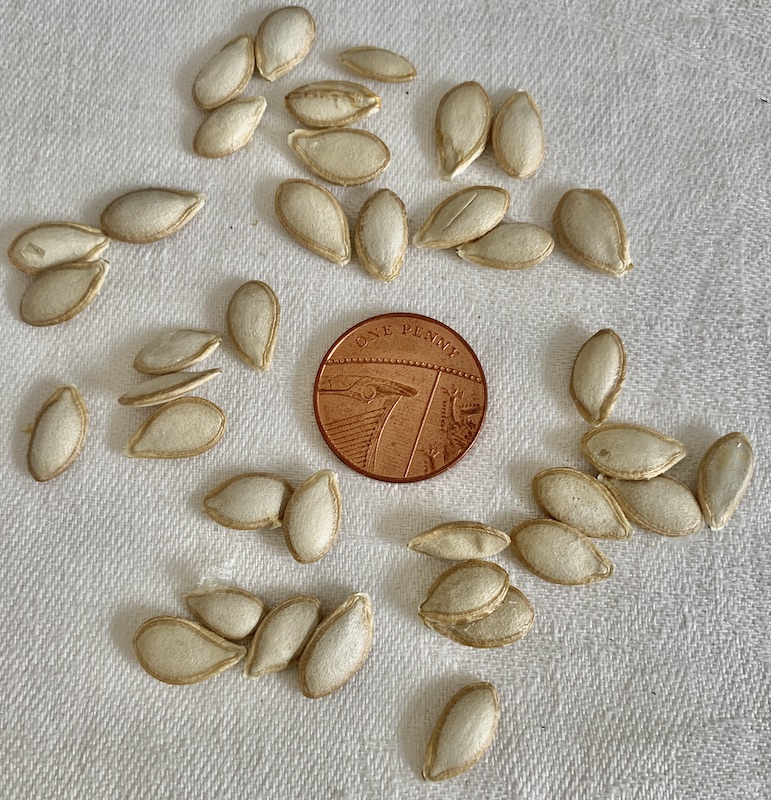
The seeds of the butternut squash plant are pale cream in colour and have a tear drop shaped.
When compared to a penny they are small but for a vegetable they are quite big as well.
Planting or sowing the seeds
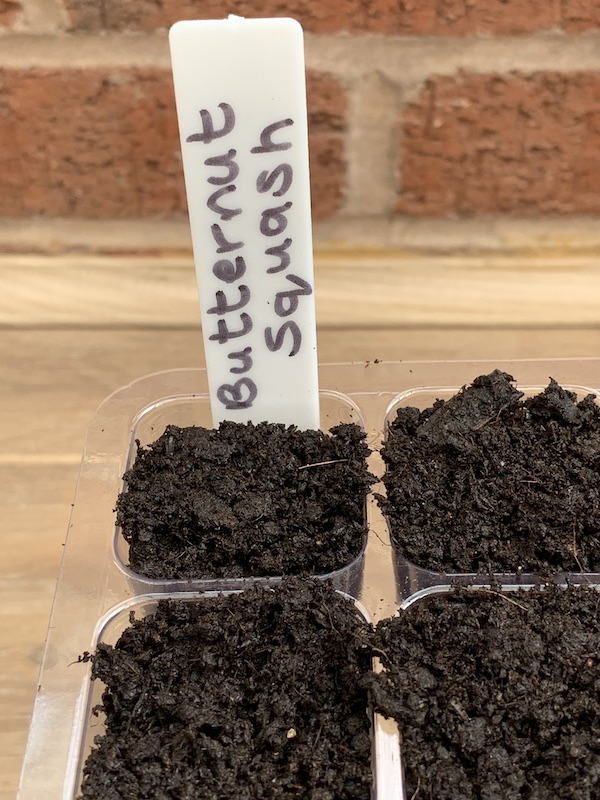
March is the month I usually think about planting seeds. This is after the harshness of winter has passed and the warmer days on their way.
They can be planted in April, May or June. Place one or two seeds in a pot with compost, water and leave in a warm place.
These seeds were planted in the middle of the month and placed near a window.
Germination

A sunny windowsill is good or a heated greenhouse and they should germinate or sprout in about 10 - 14 days depending on the temperature.
These seeds grew in a propagator in about two weeks. It was placed near a window sill facing northwest. The top of the propagator has been removed and they have been moved to a conservatory window sill.
This March is still fairly cold so I shall be watching the weather and take them out of the conservatory if it gets too cold.
These seedlings will be thinned out and moved to a slightly larger pot while they wait to be planted in the ground.
Planting out in the ground.
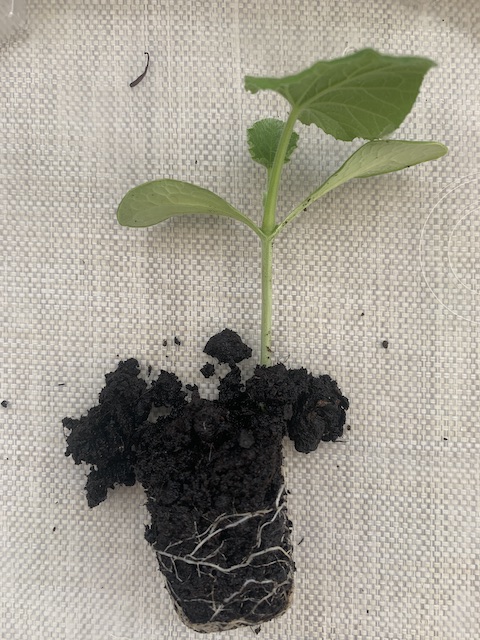
After the risk of frost has gone which in the UK can be quite late in the year compared to other countries.
This can be done in May or June. The plants need a moist and fertile soil in a sunny spot.
They need some type of feed every two weeks and water as necessary. The UK has varying degrees of summer from no rain at all to far too much.
It is fun seeing the fruits appear and when they begin to grow. If the weather is a bit wet it is a good idea to lift them off the ground to protect them from the wet soil and pests. Use wood planks, bricks or anything else that will not inhibit their growth.
One year I'm going to try and grow these vertically so they don't take up too much space. I just need to figure out the structure the plants will need to climb up.
Harvesting
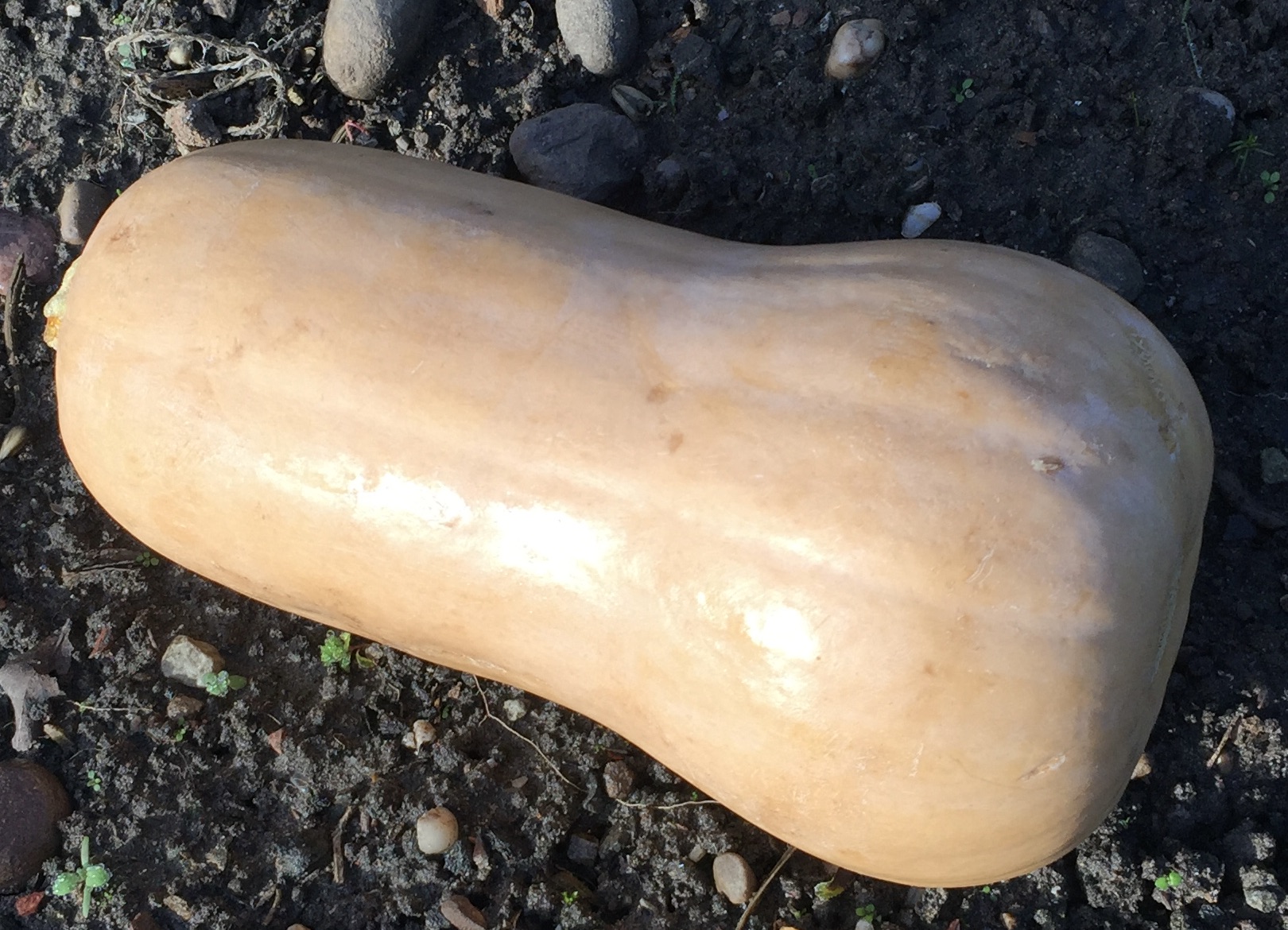
Gradually as the weeks pass and the fruits get bigger they will change from a yellowy / green colour to an orange / beige.
They need to ripen on the vine for as long as possible so the skin can toughen up and this then makes them last longer when picked.
Depending on the variety they can be picked in July, August, September or October.
I see these as a winter food for soups and stews so usually leave them for as long as possible and keep a check on the weather especially any signs of an early frost.
Nutritional Value
These have a lot of fibre, vitamin C, magnesium, and potassium; and it is a source of vitamin A.
Cooking Ideas
For me soup is the meal of choice in winter and squashes make lovely soups.
They can also be eaten roasted and then stuffed, placed in casseroles, pies and can be used mashed to thicken stews.
I have used these in cooking to take the place of tomatoes. My daughter had a reaction to these and we needed to think of something that would break down like tomatoes to give a base to stews, casseroles and sauces. They were very good.
Personal Experience of growing butternut squash.
I have grown these for a few years and have harvests of huge quantities and large fruits down to one fruit the size of a coffee mug.
Some years they just don't grow for one reason or another.
So don't get disheartened and try again the following year.
Enjoy growing your butternut squash
- Home
- Vegetable Gardens
- Butternut Squash
